Filter by

The Philosophical Salon: Speculations, Reflections, interventions
Through the interpretative lens of today’s leading thinkers, The Philosophical Salon illuminates the persistent intellectual queries and the most disquieting concerns of our actuality. Across its three main divisions—Speculations, Reflections, and Interventions—the volume constructs a complex mirror, in which our age might be able to recognize itself with all its imperfections, shadowy sp…
- Edition
- -
- ISBN/ISSN
- 9781785420382
- Collation
- -
- Series Title
- -
- Call Number
- -
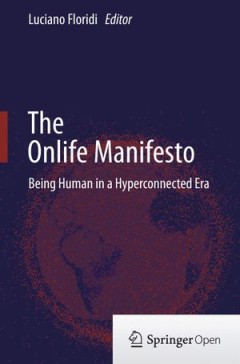
Petrarch and Boccaccio: The Unity of Knowledge in the Pre-modern World
The early modern and modern cultural world in the West would be unthinkable without Petrarch and Boccaccio. Despite this fact, there is still no scholarly contribution entirely devoted to analysing their intellectual revolution. Internationally renowned scholars are invited to discuss and rethink the historical, intellectual, and literary roles of Petrarch and Boccaccio between the great model …
- Edition
- -
- ISBN/ISSN
- 9783110425147
- Collation
- -
- Series Title
- -
- Call Number
- -

Perspectives on Science and Culture
Edited by Kris Rutten, Stefaan Blancke, and Ronald Soetaert, Perspectives on Science and Culture explores the intersection between scientific understanding and cultural representation from an interdisciplinary perspective. Contributors to the volume analyze representations of science and scientific discourse from the perspectives of rhetorical criticism, comparative cultural studies, narratolog…
- Edition
- -
- ISBN/ISSN
- 9781557537973
- Collation
- -
- Series Title
- -
- Call Number
- -
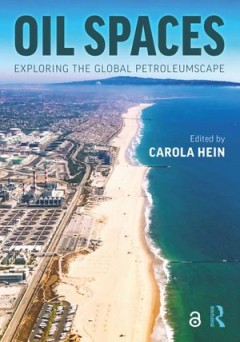
Pataphilology: An Irreader
What do the bizzare etymologies of Jean-Pierre Brisset, made-up languages for literary fiction, The Dialectic of Enlightenment, Latin grammarians, Horace’s Epodes, and the Papyrus of Ani have in common? Absolutely nothing. Yet, taken together they provide an unusually coherent picture of a hitherto unacknowledged non-tradition of linguistic investigation. At these moments, particularly within…
- Edition
- -
- ISBN/ISSN
- 9781947447813
- Collation
- -
- Series Title
- -
- Call Number
- -
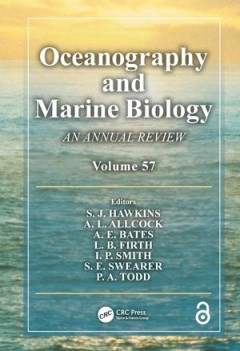
Pastoral poetry of the English Renaissance: An anthology
Renaissance pastoral poetry is gaining new interest for its distinctive imaginative vein, its varied allusive content, and the theoretical implications of the genre. This is by far the biggest ever anthology of English Renaissance pastoral poetry, with 277 pieces spanning two centuries. Spenser, Sidney, Jonson and Drayton are amply represented alongside their many contemporaries. There is a wid…
- Edition
- -
- ISBN/ISSN
- 9780719096822
- Collation
- -
- Series Title
- -
- Call Number
- -

The Passenger: Medieval Texts and Transits
What strange transactions take place in the mobile spaces between loci? How does the flow of forces between fixed points enliven texts, suggest new connections, and map out the dizzying motion of myriad interactions? The essays in this volume were first presented at the 2014 New Chaucer Society Congress in Reykjavik, Iceland where a meeting of minds in a shared intermediate space initiated dial…
- Edition
- -
- ISBN/ISSN
- 9781947447363
- Collation
- -
- Series Title
- -
- Call Number
- -
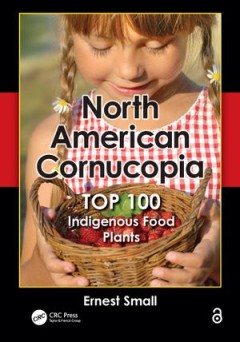
Participatory reading in late-medieval England
This book explores how modern media practices can illuminate participatory reading in England from the late-fourteenth to the early-sixteenth centuries. Nonlinear apprehension, immersion and embodiment are practices intimately familiar to readers of Wikipedia, players of video games and users of multi-touch mobile devices. But far from being unique to digital media, they have clear analogues in…
- Edition
- -
- ISBN/ISSN
- 9781526118004
- Collation
- -
- Series Title
- -
- Call Number
- -

Painting the Novel: Pictorial Discourse in Eighteenth-Century English Fiction
Painting the Novel: Pictorial Discourse in Eighteenth-Century English Fiction focuses on the interrelationship between eighteenth-century theories of the novel and the art of painting – a subject which has not yet been undertaken in a book-length study. This volume argues that throughout the century novelists from Daniel Defoe to Ann Radcliffe referred to the visual arts, recalling specific n…
- Edition
- -
- ISBN/ISSN
- 9781351137805
- Collation
- -
- Series Title
- -
- Call Number
- -
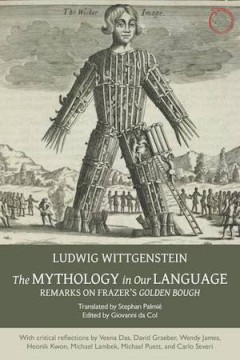
Pageantry and Power: A Cultural History of the Early Modern Lord Mayor's Show…
Pageantry and Power is the first full and in-depth cultural history of the Lord Mayor’s Show in the early modern period. It provides new insight into the culture and history of the London of Shakespeare’s time and beyond.Central to the cultural life of London, the Lord Mayor’s Shows were high-profile and lavish entertainments produced by some of the most talented writers of…
- Edition
- -
- ISBN/ISSN
- 9780719090127
- Collation
- -
- Series Title
- -
- Call Number
- -

Our Mythical Childhood...: The Classics and Literature for Children and Young…
This volume offers a survey of the reception of Classical Antiquity in the literature for youngsters by applying regional perspectives from East-Central and Western Europe, Africa, Israel, Japan, New Zealand, Russia, and the United States. The title Our Mythical Childhood hints at the elusive and paradoxical potential of the ancient tradition that is both a fixed base shared by many people worl…
- Edition
- -
- ISBN/ISSN
- 9789004335370
- Collation
- -
- Series Title
- -
- Call Number
- -
 Computer Science, Information & General Works
Computer Science, Information & General Works  Philosophy & Psychology
Philosophy & Psychology  Religion
Religion  Social Sciences
Social Sciences  Language
Language  Pure Science
Pure Science  Applied Sciences
Applied Sciences  Art & Recreation
Art & Recreation  Literature
Literature  History & Geography
History & Geography